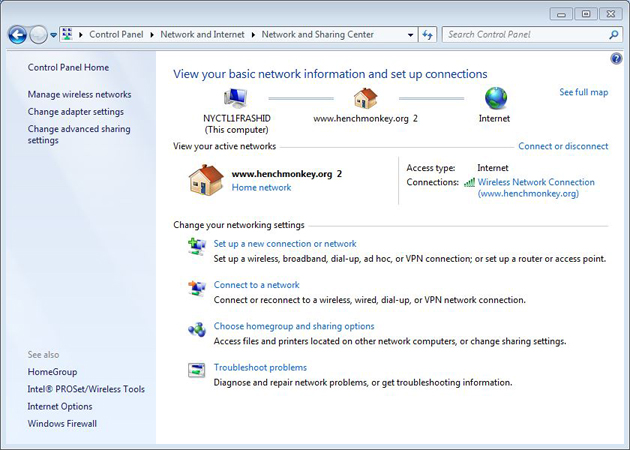


SSL/DTLS (cluster address: ) with the An圜onnect client.The VPN server cluster in the MWN supports two protocols: To use VPN connections, a username (, tum.de, lrz-vpn, RADIUS) and the installation of a client program are required. Use of access-restricted, internal MWN services (examples: online journals of the Munich university libraries, remote update of Sophos anti-virus software) via third-party Internet providers or by inhabitants of student halls of residence.Use of public connection points for mobile computers in the MWN.Access via the WLAN connections in the MWN that are managed by the LRZ.You have to establish a VPN connection if you wish to use the following services: Installing the Cisco VPN Client in Windows. VPN use in the Munich Scientific Network (MWN)Ī VPN connection enables access to various MWN services. Connecting to the VPN allows access to on-campus network resources that are otherwise not available from. Traffic to 192.168.1.0 goes through the tunnel, while other traffic goes. Connections to this server have to be authenticated when set up. After connecting, you can now browse your remote network. To make the router aware of these extra subnets look up the documentation of your. It also is part of the VPN client subnet of 172.16.0.0/20 that exist on the Access Server and it will now have a site-to-site connection running to subnet 192.168.70.0/24. This is achieved by tunneling the data traffic via a VPN server using data encryption. In our example network, the OpenVPN Linux client gateway system has an IP of 10.0.60.55. Communication in this sub-network is protected against tapping and access by third-party participants. A VPN can be used to build a secure sub-network over an open, unprotected network (Internet, wireless network). VPN stands for “virtual private network”.
NETWORK CONNECT VPN CLIENT INSTALL
In case you just want to install the An圜onnect Client, please navigate to: An圜onnect client (SSL) instructions and download What is VPN?


 0 kommentar(er)
0 kommentar(er)
